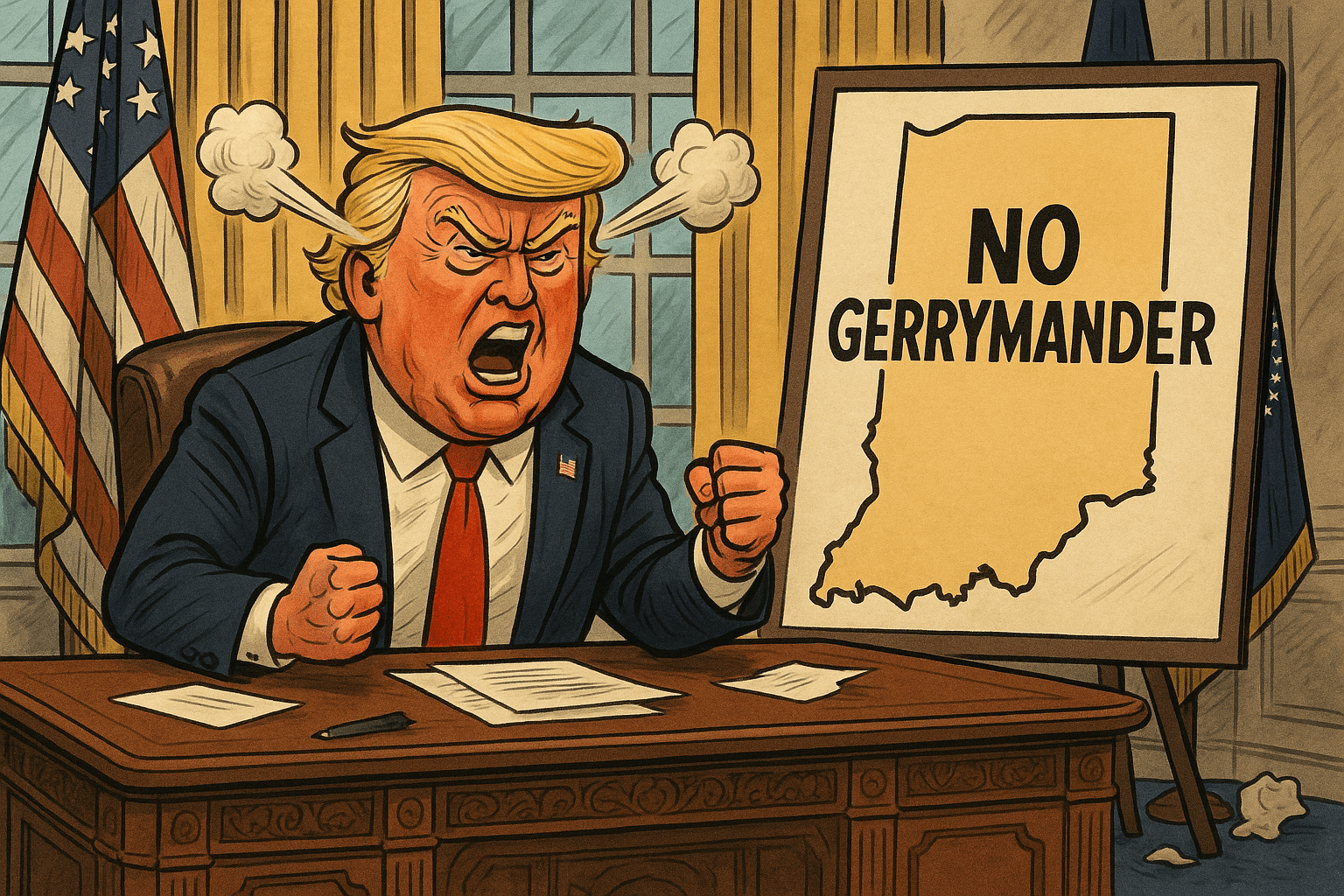Why New York’s Ranked Choice Voting is Totally Partisan

New York City held primary elections on Tuesday, June 27, for city council and other municipal offices. NYC primaries are unique compared to most primary elections in the US in that they use ranked choice voting ballots and while RCV advocates tout the benefits it has on city elections -- they’re benefits only party members can enjoy...........
Ranked choice voting gives voters an opportunity to rank candidates in order of preference rather than marking a ballot for a single candidate. If no one in a 3+ person race garners a majority of first-choice selections, an instant runoff is held that eliminates the last place candidate and applies their voters’ next choices to the results.
The process continues in elections with large candidate fields until one person has over 50% of the vote. Advocates say RCV eliminates vote splitting and gives voters greater freedom to express their true preferences in elections, effectively giving them a greater sense of choice – something recently observed in Arlington, Virginia.
ALSO READ: Alaskans Have Spoken: New Voting System Is Fairer, Easy, and Gives Them Better Candidates
The alternative voting method does not inherently benefit a single party. It is used at the statewide level in Alaska and Maine. It is used in deep blue jurisdictions in California, and deep red areas in Utah. It has also been used in the nomination proceedings of both major parties in a handful of states.
New York City voters approved RCV’s use in 2019 with an overwhelming 74% of the vote – a clear indicator of how popular the concept was among city residents. Yet, the unfortunate reality is that many of the voters who likely said ‘yes’ to RCV are denied a chance to use it today.
Nearly all of the jurisdictions that have switched to RCV use it in the general election, which not only has a higher turnout compared to primary elections, but is also guaranteed to be open to all voters. The city charter amendment put before NYC voters in 2019, however, reserved RCV’s use for primaries and special elections.
The problem? New York’s primaries are closed – meaning only members of the Republican and Democratic Parties can participate in these publicly-funded and administered elections -- and by extension use ranked choice voting.
Like most places in the US, city council districts in NYC are decidedly safe for one party or the other. Odds are great that a city resident lives in a deep blue district, but even in districts where Republicans can win, the winner of an election is more times than not decided in the primary.
The majority of the city council primary elections in 2023 didn’t need to go to an instant runoff because a single candidate got well over the majority threshold of first-choice selections. In fact, when incumbents won, they won big – sometimes with two-thirds or more of the vote.
In District 13, for example, Democratic Council Member Marjorie Velázquez carried 66.17% of the vote with 96% of scanners reporting. In District 47, Republican Council Member Ari Kagan garnered over 75% of the vote.
It is safe to say these incumbents secured re-election on Tuesday, yet because the elections were restricted to party members only, voters outside the dominant party had zero say in who would represent them.
This is the fundamental problem with closed primaries. By conditioning the right to vote on party membership, huge segments of the voting population are told to sit on the sidelines while their elected representatives are chosen for them. The addition of RCV, in this instance, doesn’t change the lack of choice non-party members have in elections.
There are plenty of studies and surveys RCV advocates can offer that show how the voting method improves voter experiences and gives them a greater sense of choice. In most cases, it has shown to be a truly nonpartisan remedy to US elections-- but it cannot provide this remedy in NYC if it only empowers Democrats and Republicans.
To ensure fairer, more equitable elections, NYC needs more than RCV in the primaries. It needs to guarantee all voters, regardless of political affiliation (or lack thereof), the same access to publicly-funded elections. The only way to strengthen representation is to ensure voters across the political spectrum benefit from reform – not just members of private political organizations.
 Shawn Griffiths
Shawn Griffiths





